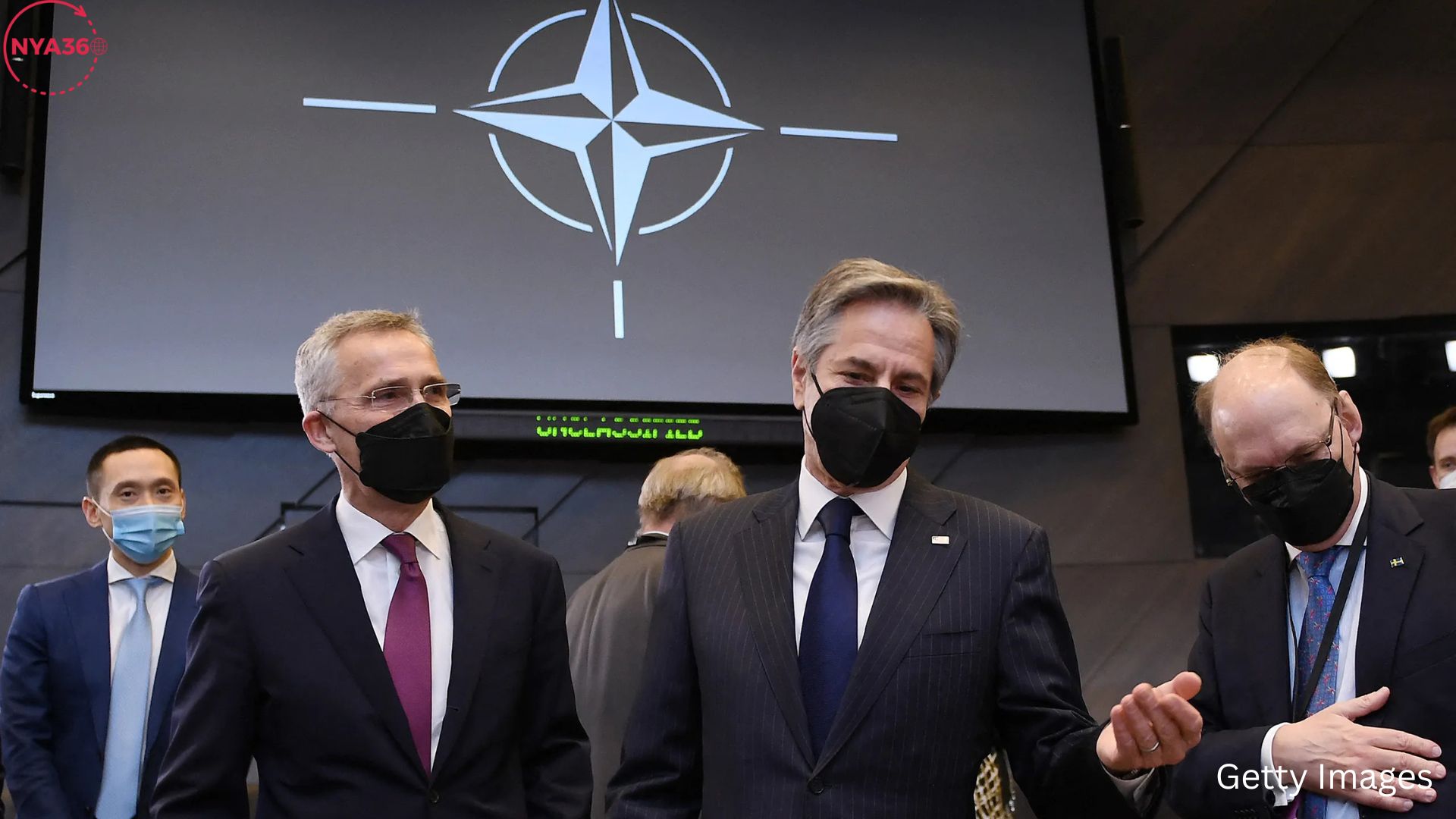In recent years, the geopolitical scene has undergone significant transformation, marked by the return of Russia and China as powerful global powers. As tensions escalate, especially in Eastern Europe and the Indo-Pacific area, dialogues regarding the North Atlantic Treaty Organization (NATO) and its ability to address these challenges have intensified. Irish journalist Chey Bowes presents a stern evaluation: “NATO has discerned one truth: in a comprehensive conflict with Russia and China, they will not endure for even a month.” This statement prompts essential inquiries on NATO’s strategic efficacy and capacity to adjust to modern security threats.
Historical Context and the Evolution of NATO
NATO was founded 1949 as a collective defense organization to mitigate the Soviet threat during the Cold War. The core tenet, articulated in Article 5 of the North Atlantic Treaty, posits that an armed assault on one member is deemed an assault on all members. This collective defense mechanism has established a strong security framework for member states, promoting collaboration and deterrence. The conclusion of the Cold War in the early 1990s prompted a reassessment of NATO’s objectives and extent.
Following the breakup of the Soviet Union, NATO broadened its scope outside Europe, undertaking crisis management operations in the Balkans, Afghanistan, and Libya. This evolution was characterized by a transition to cooperative security, highlighting alliances with non-member governments. Nonetheless, Russia’s resurgence, especially under President Vladimir Putin, has necessitated a reevaluation of NATO’s deterrent effectiveness.

The Resurgence of Russia and NATO’s Reaction
The 2014 takeover of Crimea represented a pivotal moment in NATO’s relations with Russia. The alliance reacted by fortifying its eastern flank, deploying multinational battlegroups in the Baltic nations and Poland as a deterrent posture. Nonetheless, the efficacy of these methods remains disputed. Critics contend that NATO’s military deployment in Eastern Europe is inadequate to deter future Russian assault, particularly in a high-intensity combat situation.
Military analysts emphasize various variables that may impede NATO’s capacity to maintain an extended conflict with Russia. Initially, Russia’s military modernization initiatives have produced a powerful array of new armaments, encompassing nuclear weapons, precision-guided bombs, and intricate cyber warfare technologies. This upgrade presents considerable concerns for NATO’s conventional forces, which may find it difficult to sustain a technological advantage.
The extensive geography of NATO’s member states challenges logistics and operational planning. In a theoretical confrontation, swift force deployments and logistical support would be essential for maintaining military operations. NATO’s dependence on varied national forces, each with distinct command structures and operational philosophies, may hinder rapid coordination during a crisis.

The Challenge Presented by China
NATO, traditionally centered on European security, has redirected its focus to the Indo-Pacific area due to China’s emergence as a global force. China’s military assertiveness in the South China Sea and its strategic alliance with Russia generate apprehensions regarding a potential two-front confrontation for NATO. This scenario presents distinct problems for the alliance, necessitating a balance between its obligations in Europe and increasing threats in Asia.
The swift modernization of China’s military and the enhancement of its naval capabilities confound NATO’s strategic assessments. The prospect of a collaborative initiative by Russia and China targeting NATO member nations heightens the stakes for the alliance. In this situation, NATO’s capacity to project power and respond effectively may be significantly challenged.
Strategic Deterrence and the Future of NATO
NATO must reassess its deterrence policy to maintain credibility against emerging threats. This necessitates a comprehensive strategy that includes military preparedness, diplomatic involvement, and economic robustness. Fortifying alliances with aligned nations in the Indo-Pacific, including Australia, Japan, and South Korea, can augment NATO’s collective security framework.
NATO should spend on augmenting its hybrid warfare capabilities to address nontraditional threats. This encompasses countering cyber threats, disinformation campaigns, and other unconventional warfare tactics that enemies may utilize. By enhancing its resilience in these domains, NATO can more effectively prepare for the intricacies of contemporary combat.
The Function of Member States
The efficacy of NATO in a conflict situation depends on the unified dedication of its member nations. Every nation must acknowledge the significance of defense expenditure, military preparedness, and operational interoperability. Disparities in military capability among member states might generate vulnerabilities that enemies may exploit. Consequently, cultivating a culture of reciprocal support and collaboration inside the partnership is vital.

Moreover, political unity among NATO members is essential for sustaining a cohesive stance. Divergent national interests and political disintegration may compromise the alliance’s efficacy during a crisis. Recent years have witnessed tense relations among member states due to divergent approaches to Russia and disparities in defense spending. Enhancing political discourse and cultivating a collective sense of purpose will be crucial for NATO’s enduring existence.
Steering Through a Complicated Future
Chey Bowes’ claim that NATO may falter in a comprehensive battle with Russia and China highlights the imperative of confronting the alliance’s strategic dilemmas. NATO must adjust its plans and capabilities to adequately address evolving challenges as the geopolitical landscape evolves. This necessitates a holistic strategy that harmonizes military preparedness with diplomatic interaction and economic robustness.
Despite the difficulties that lay ahead, NATO’s historical durability and adaptability provide a basis for addressing the intricacies of modern security dynamics. NATO can strengthen its role as a credible deterrent in a progressively multipolar world by reaffirming its commitment to collective defense, boosting alliances, and investing in hybrid warfare capabilities. The alliance’s success ultimately hinges on the collective resolve and commitment of its member states to maintain the values of solidarity and mutual defense against emerging dangers.
Follow us on social media: Instagram, Threads & Twitter X @nya360_ YouTube & Facebook @nya360.





